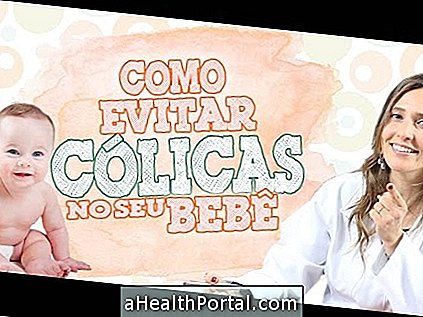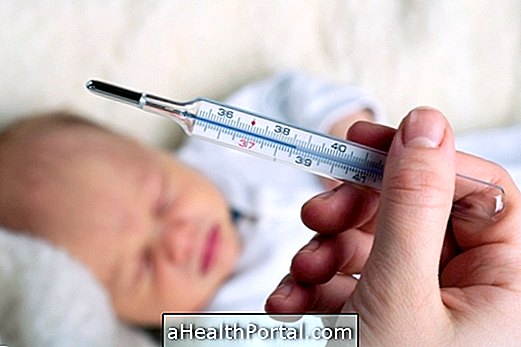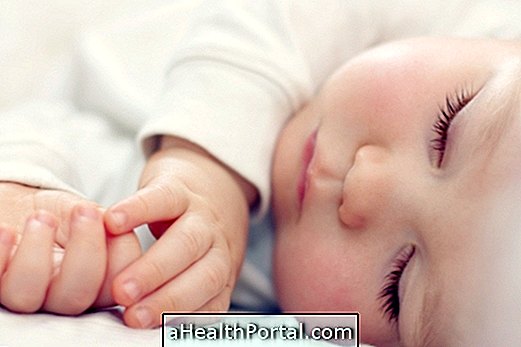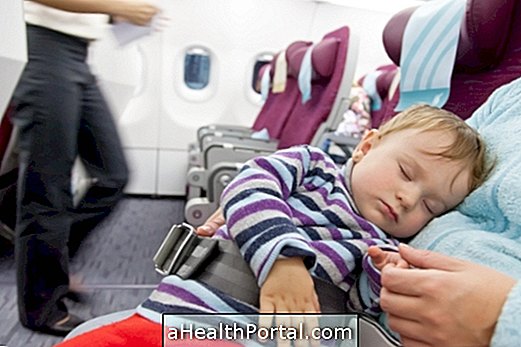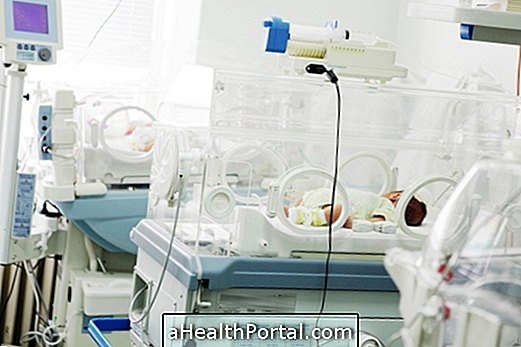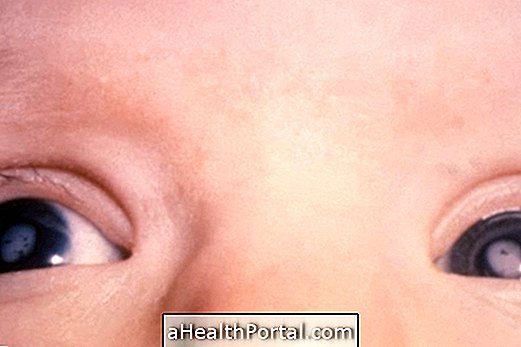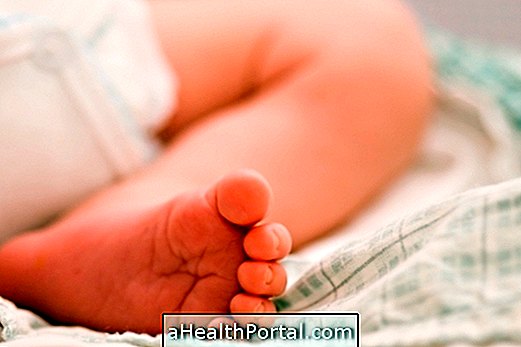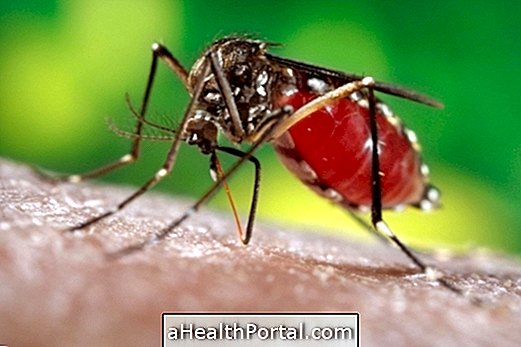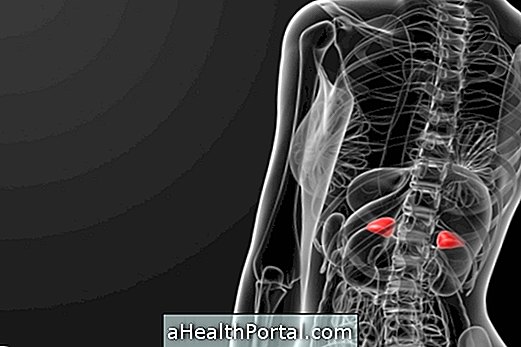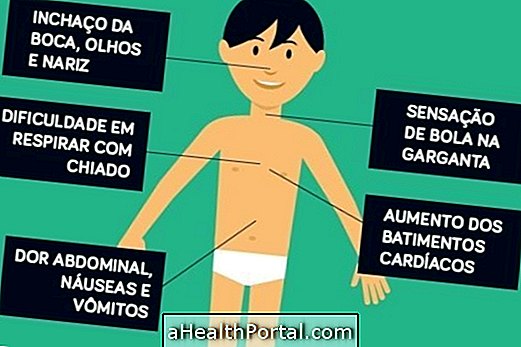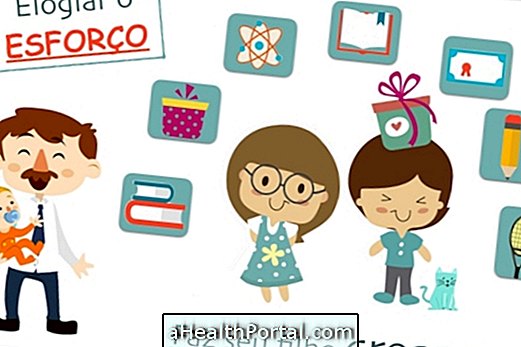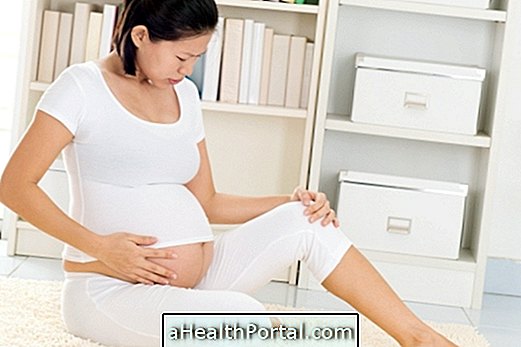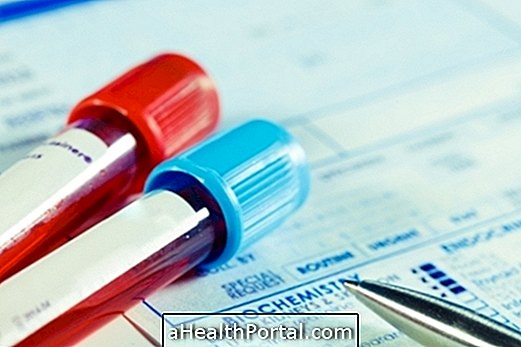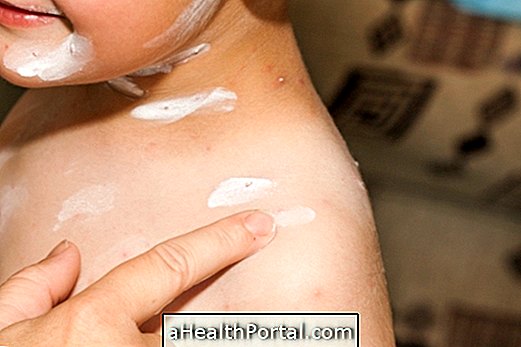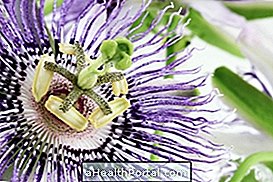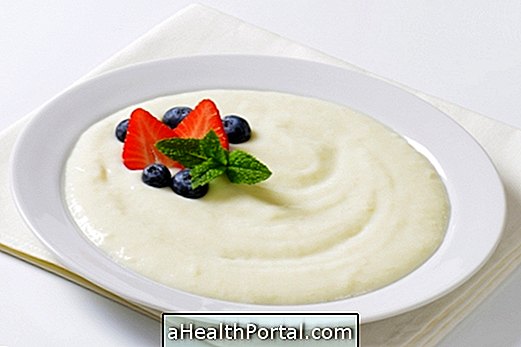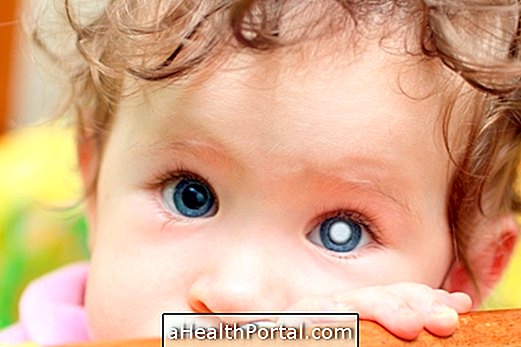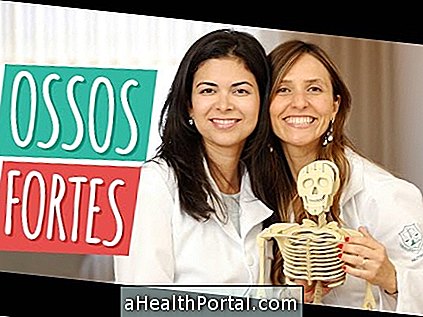The cramps in the baby are common but uncomfortable, usually causing a lot of pain, which is indicated by constant crying. Colic can be a sign of various situations, such as ingestion of air at the time of suckling or taking milk in the bottle, consumption of foods that produce many gases or due to intolerance to some food or component, for example.
Thus, to relieve colic, one can make warm water compress on the baby's belly, massage the tummy with circular movements and put the baby to burp after each feeding. If cramps do not go away, it is important to consult your pediatrician so that some pain relieving medication can be indicated.
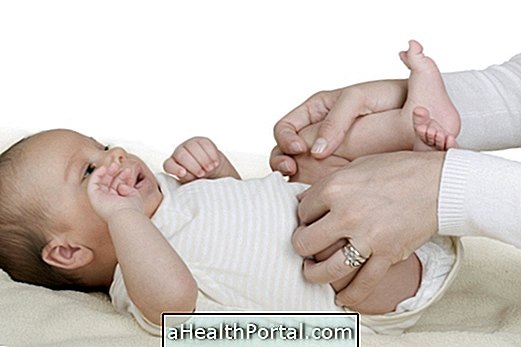
How To Relieve Baby Cramps
To relieve cramping of babies, which are very common from the second week of life due to the baby's intestinal immaturity, one can follow some tips, such as:
- Massage the baby's tummy with circular movements with the aid of a baby oil or moisturizing cream .;
- Warm the abdomen with a hot water bottle, being careful not to leave it too hot and cause burns;
- With the baby lying on its belly, push the legs towards the abdomen, in order to compress the belly;
- Make bicycle movements with the baby's legs ;
- Put the baby to burp after each feed;
- Give a warm bath on the baby;
- Put the baby in contact with the skin of a parent ;
- Breastfeed the baby;
- Use medicines that stimulate the release of gases, however the medicine should be indicated by the pediatrician when no other technique was able to relieve colic.
These techniques can be used in combination or separately, until you find the best technique that works to relieve baby cramps. When the baby feels cramps it is normal for him to cry a lot. So if it is very irritated it is important to advise it first, giving color and then only to do the indicated techniques to release the gases naturally.
If these techniques do not work, avoid giving medicines without first consulting your pediatrician and try other natural tips that may help.
Homemade cramping remedy for baby
A great home remedy to take care of the cramps of the baby who no longer breastfeeds is to give small doses of chamomile and fennel tea, as these medicinal plants have an antispasmodic effect that relieves colic and reduces gas production.
In the case of babies who exclusively breastfeed, the best solution may be for the mother to drink these teas, as they pass through the milk and can relieve the cramps in the baby.
To make the tea : Put 1 teaspoon of chamomile and another of fennel in a cup with boiling water, leave to cool and then strain and give to the baby. See another home remedy option that helps relieve cramps in the baby.
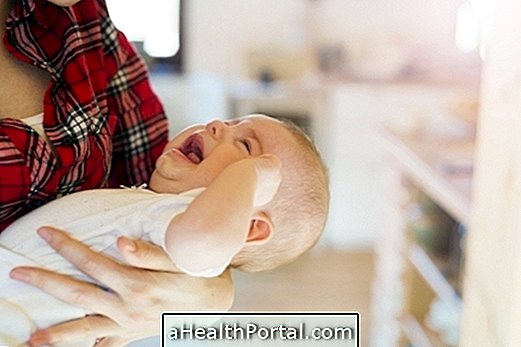
Main causes of colic in the baby
The main cause of colic in babies is the fact that their digestive tract is still immature, which happens until 6 months, however, colic can also arise due to:
1. Air intake
Normally, while the baby suckles, especially when it does not pick up properly on the breast or bottle or even when it cries a lot, it increases the intake of air, aggravating the chance of having cramps and, this happens because the baby still does not coordinate the breathing with the capacity of Swallow.
In addition, if your baby has a stuffy nose, due to bad hand or constipation, it is natural to increase the amount of air you ingest, increasing the risk of cramping. Here's how to make a correct handle on: How to breastfeed successfully.
2. Lactose intolerance
Lactose intolerance is a problem that causes symptoms like diarrhea, pain and bloating in the belly and gas, and usually appear between 30 minutes to 2 hours after ingesting milk.
Normally, lactose intolerance occurs in older children, adolescents and especially adults, and if a woman breastfeeds should also avoid foods that have milk.
3. Allergy to cow's milk
Allergy to cow's milk protein can cause cramps, skin lesions, itching, vomiting and diarrhea, for example, and usually the diagnosis of cases of cow's milk allergy occurs in the first year of the child's life. Read also: How to know if your baby is allergic to milk.
Thus, it is important to give the child hypoallergenic or non-allergic formulas to avoid allergies, and the only treatment for allergy to cow's milk protein is to exclude the intake of cow's milk and its derivatives.
4. Shaking
Babies, when exposed to noisy, hectic environments, may become uncomfortable and afraid, which can cause colic.
5. Mother's feeding
Feeding the mother can cause cramps in the baby, so it is important to be careful to try to identify the foods that cause gas in the baby. Some of the foods most known to cause such effects are:
- Broccoli, cabbages, cauliflower, Brussels sprouts and some other types of vegetables from the cruciferous family;
- Peppers, cucumber and turnip;
- Beans, grains, fava beans, lentils and peas.
Generally, the same foods that cause gas in the mother are also the ones that cause the baby, so to know how the baby is reacting should be aware of some signs after the feeding, such as swollen belly, crying, irritation or difficulty in sleeping. If these signs are evident, the mother should reduce the amount and fractionate between meals the consumption of these foods, to relieve the cramps in the baby.
However, if the baby continues to present cramps, it may be necessary to stop consuming these foods for at least the first 3 months of breastfeeding, then re-introduce them later in small amounts, testing the baby's reaction.
See all of these tips in our nutritionist video:
